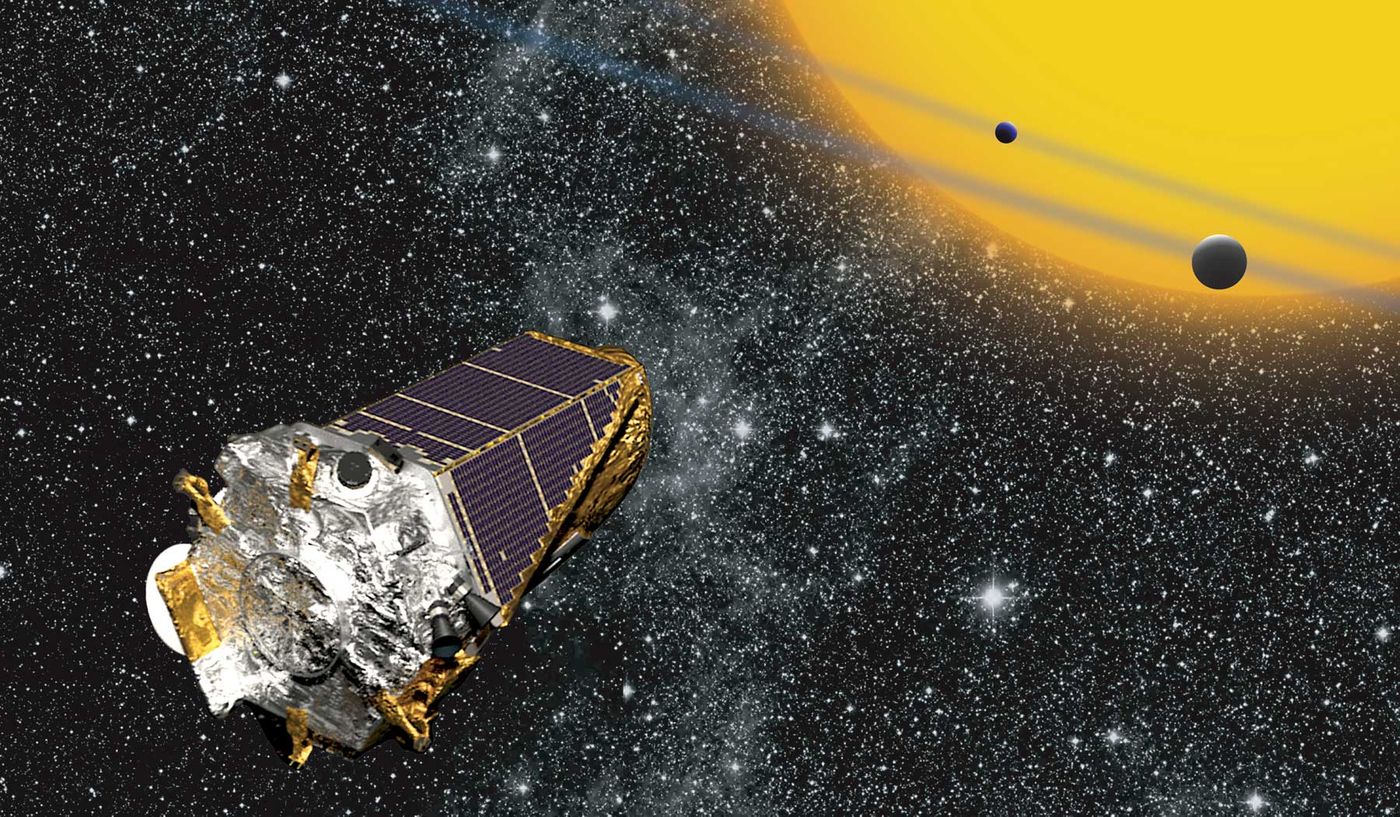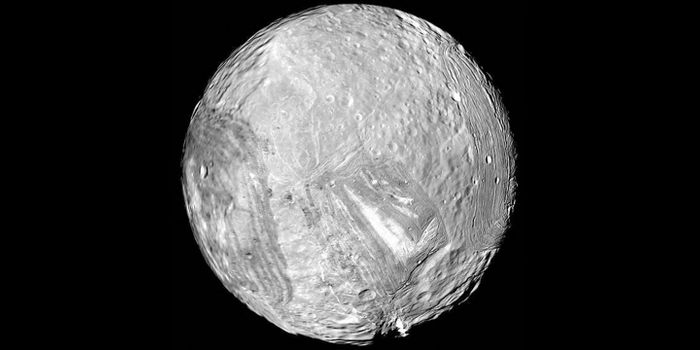NASA Puts Kepler Back to Work After Emergency Mode Recovery
It was only about two weeks ago when NASA discovered during a test signal that its Kepler Spacecraft had gone into a low-power and high-fuel burn emergency mode.

NASA is still currently unsure what caused the spacecraft to go into emergency mode, however engineers were able to regain control over the spacecraft from well over 75 million miles away here on Earth.
After regaining control a few days after the event, NASA began monitoring the status of the Kepler spacecraft more closely and began downloading diagnostic files to try and figure out what the cause may have been.
It’s possible that Kepler could have been struck by something that sent the spacecraft into a tizzy, although there is still no confirmation on what exactly caused it. NASA does believe that the issue may have been nothing but a software glitch that caused a number of false alarms to be triggered.
As of this week, NASA has announced that Kepler will resume its usual space exploration duties. This is great news because it means that Kepler was not only able to be salvaged, but that it can still continue to do its job despite having been in emergency mode for several days.
The data onboard the spacecraft has been reset to prevent any possible software glitches that could have occurred, and should give Kepler a fairly good fighting chance to survive its long trip out of our solar system to look for exoplanets.
Kepler will resume its spatial exploration duties and begin K2’s new gravitational micro-lensing campaign, which is being called Campaign 9. The lens of Kepler is being pointed at the center of the Milky Way for this experiment, and will conclude observations for this project in July.
Afterwards, teams will be preparing Kepler’s Campaign 10, where the spacecraft will change its exploration strategies.
Hopefully, NASA is able to continue using Kepler without any additional issues that will delay or prevent exploration from taking place.
Source: NASA








